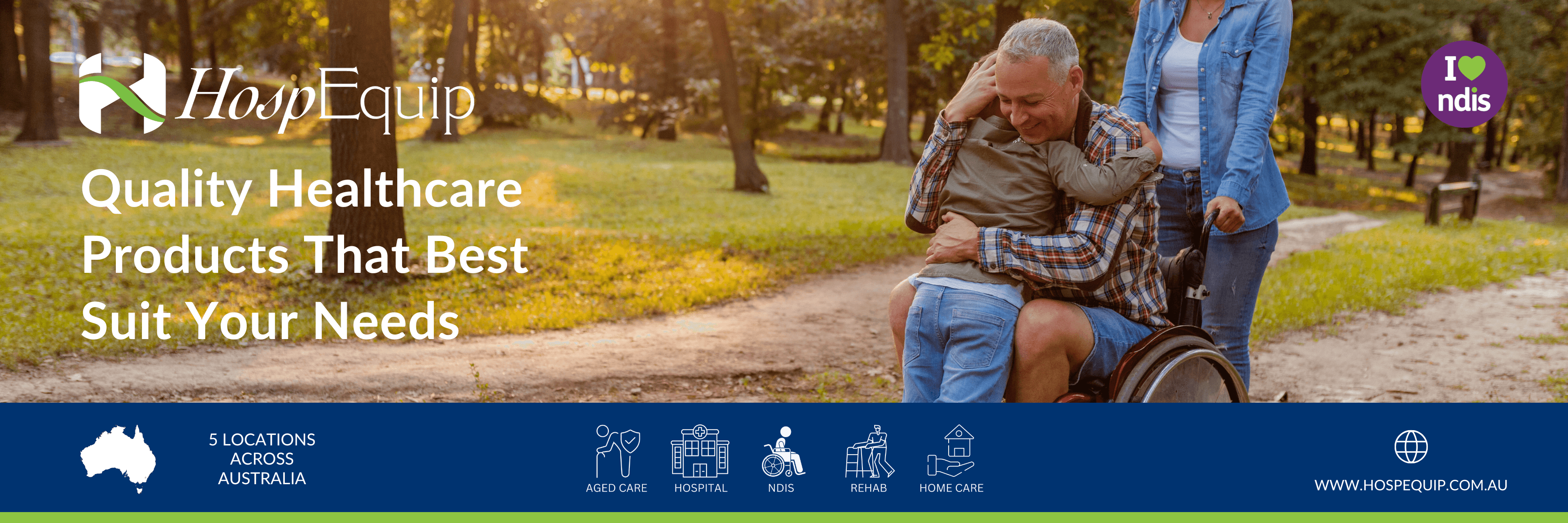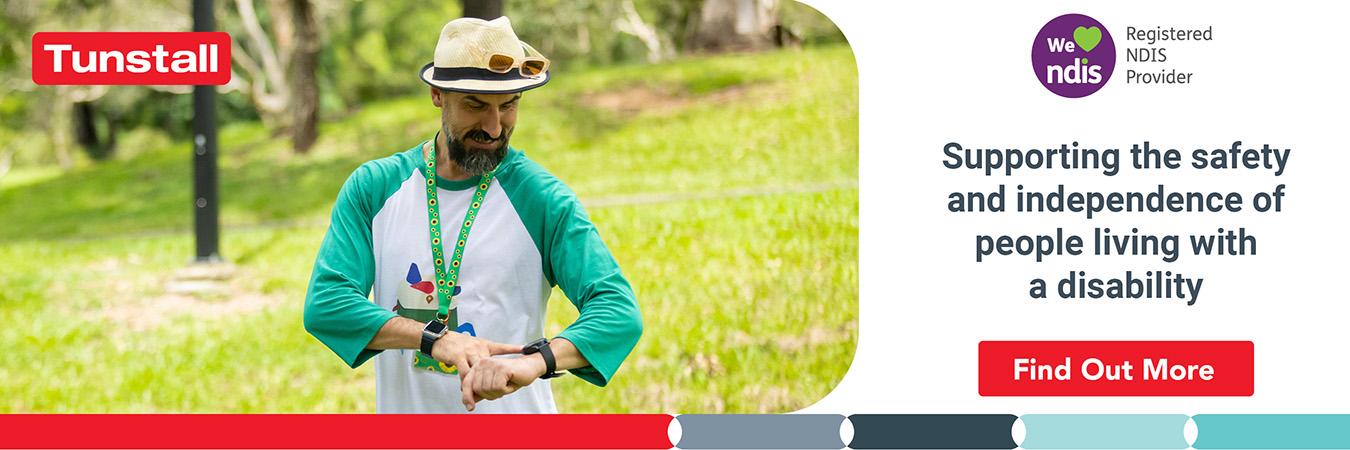
Published: Thursday 16 January 2025
Motorised Mobility Devices: A resource for occupational therapists (December 2020)
This easy-to use guide for OTs steps through the main considerations for matching client mobility needs with a suitable device and managing the procurement and education process to support safe use.
Each step is linked to relevant resources to support clinical practice, including evidence-based assessment and training tools and communication templates for effective collaborative care.
The new consumer resources developed by the Department of Transport are also linked to the pathway steps, together with links relating to device suppliers and funding options.
OT resources (see Guide for description of use)
- Request for information - GP letter template
- Request for Information / OT Assessment Referral Template
- Fact Sheet for GP Practices – Occupational therapist assessment for use of a mobility scooter or powered wheelchair
- OT Assessment - GP Report Template
- Discharge letter template – client unsuitable for MMD use
- Discharge letter template – client suitable for MMD use
- Summary of Clinical Guidelines and Standardised MMD Assessment and Training Tools
Motorised Mobility Devices Webinar
Occupational therapists have an important role in assessing, advising and educating people who use, or wish to use Motorised Mobility Devices (MMDs) to support their mobility.
New consumer and clinical resources developed by Road Safety Victoria, Department of Transport in collaboration with Occupational Therapy Australia, demystify the steps involved in managing MMD interventions. The practical tools support consistent evidence-based clinical practice and facilitate client/carer/health professional communication, with the goal of supporting safe and positive outcomes for MMD users and their families.
This recorded webinar aims to motivate occupational therapists and other interested health professionals to engage in this area of practice. The session introduced the resources and demonstrated their application through practical case studies.
Slides can be downloaded below.
You can access Motorised Mobility Devices resources for consumers here.
This resource has been developed for Occupational Therapy Australia by Dr Marilyn Di Stefano, Road Safety Victoria in collaboration with Project Health Principal Consultant Fiona Landgren, consultant Dr Pam Ross and Kathryn Townsend from Austin Hospital Occupational Therapy Department. The primary goals of this resource are to support motorised mobility device user road safety and enhance clinical practice. More motorised mobility device resources are available from the VicRoads website: vicroads.vic.gov.au
Related Tags






